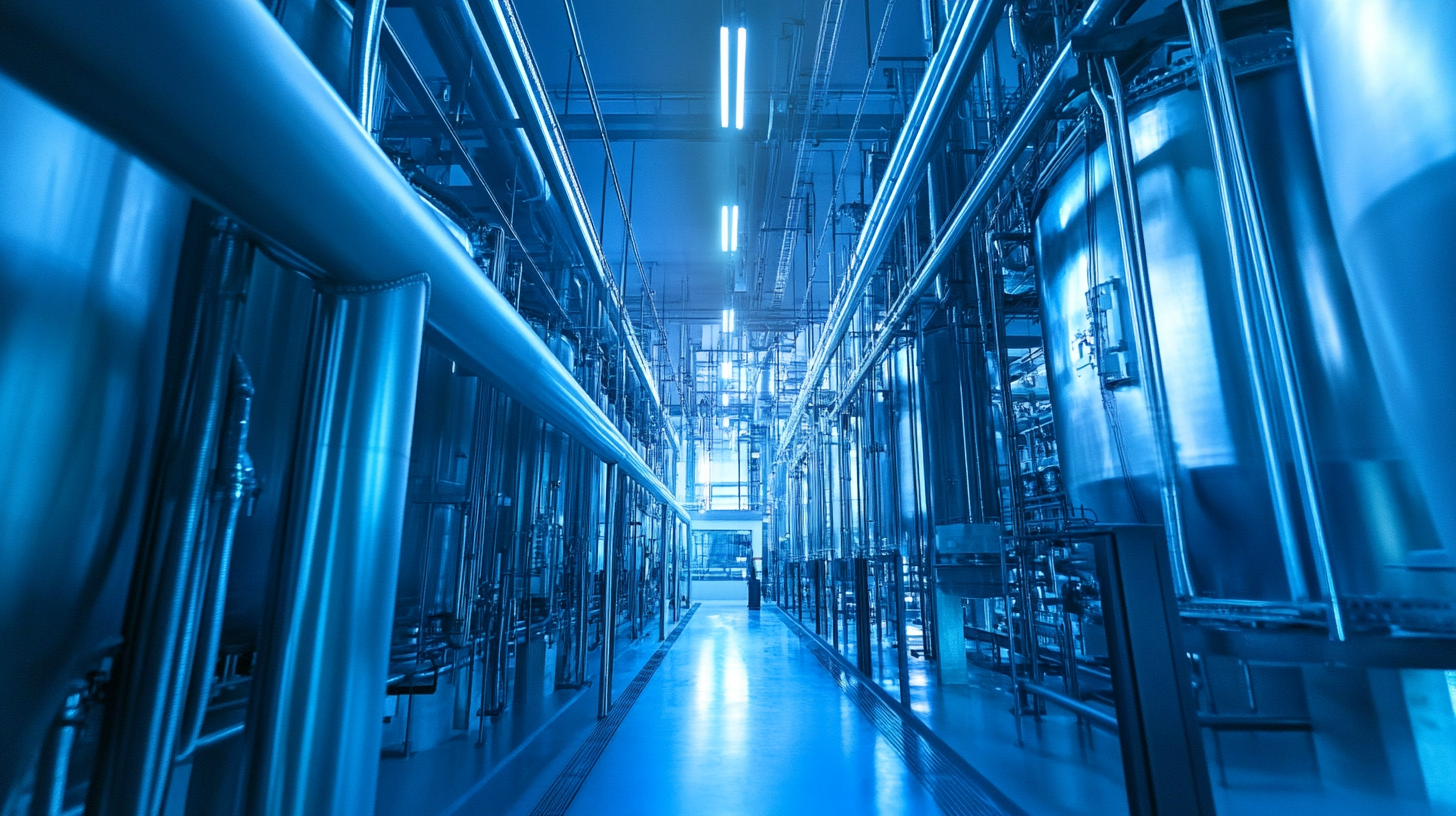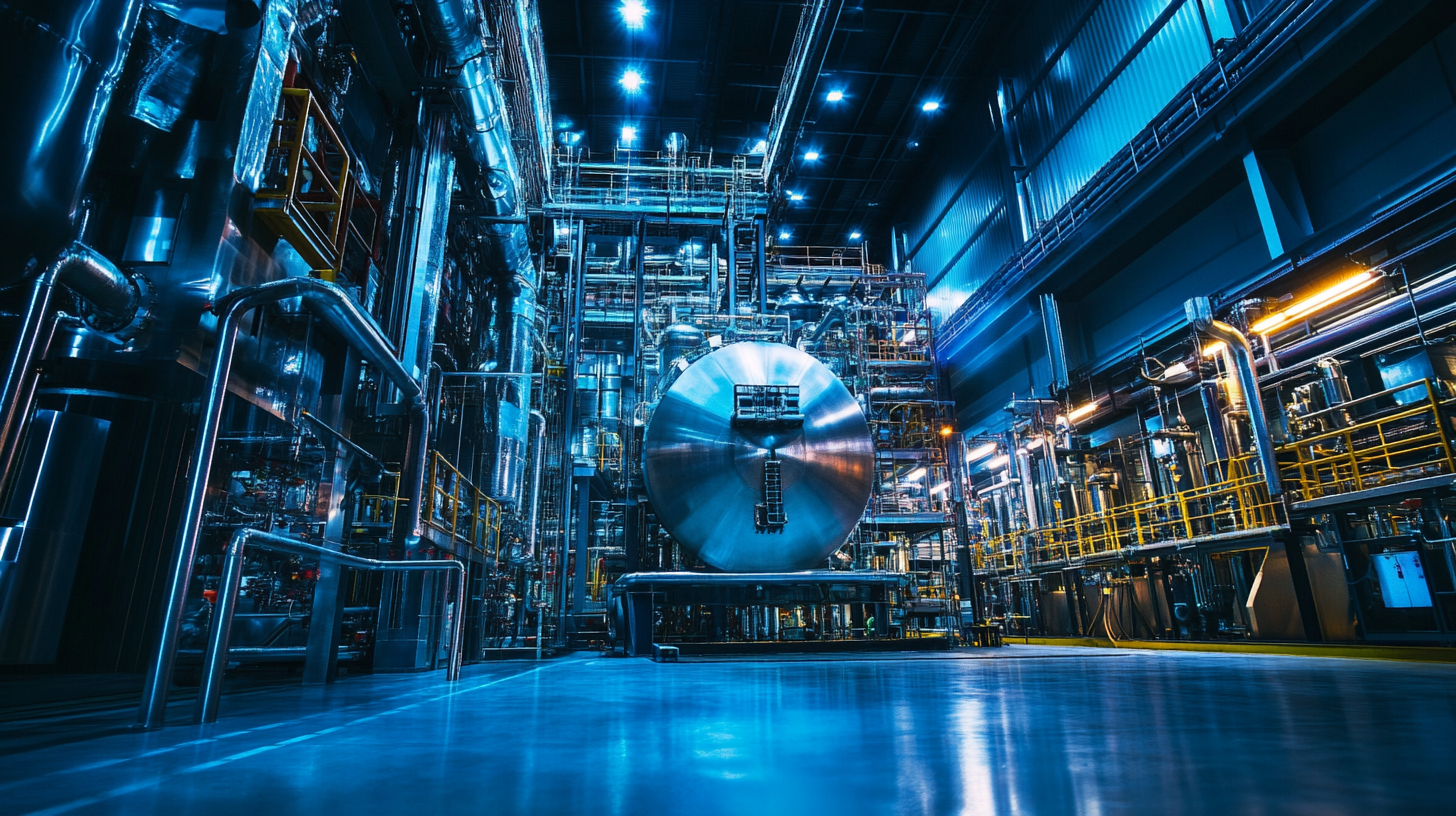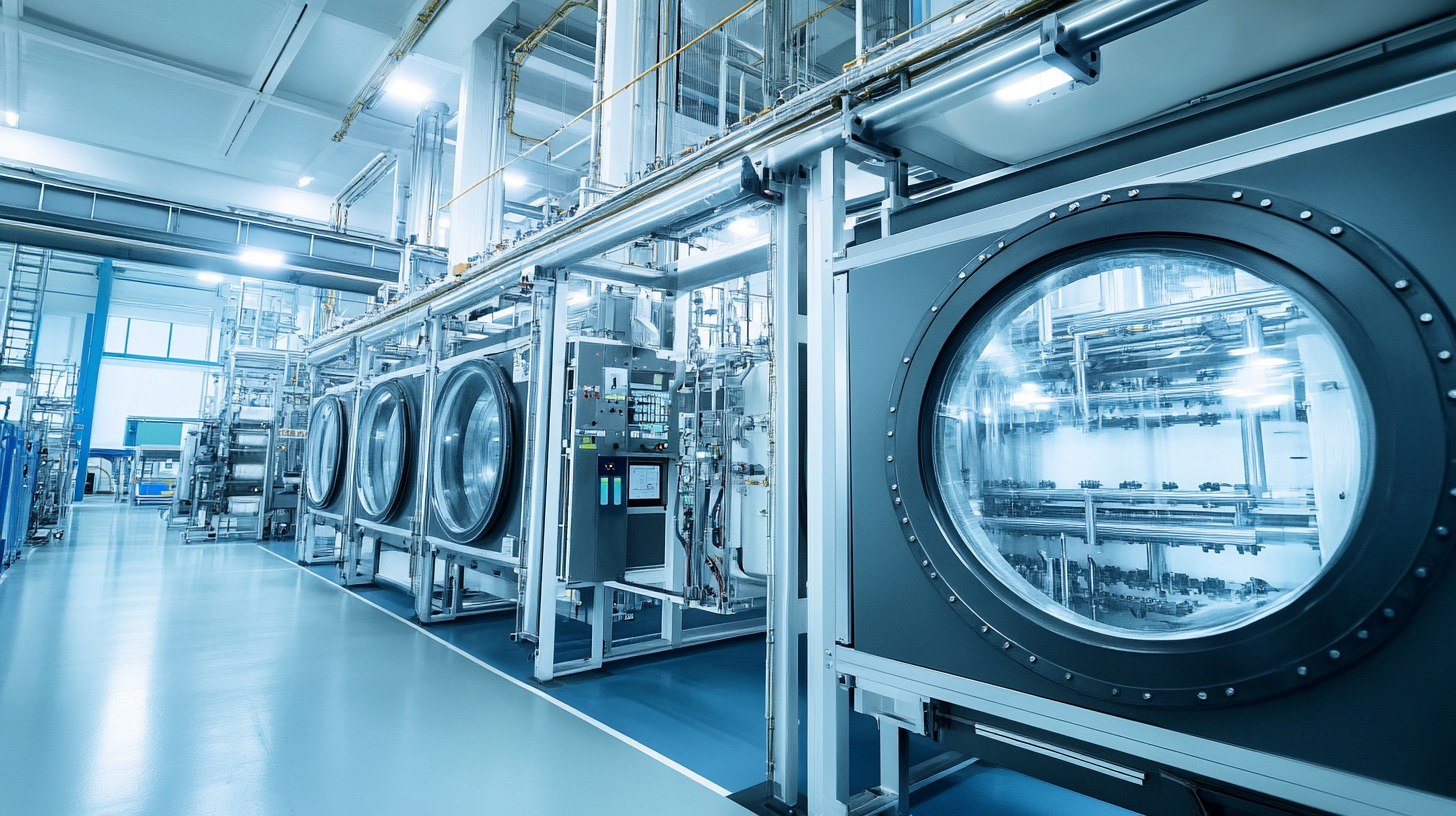Innovative Solutions for High Quality Isostatic Pressing Services
 The isostatic pressing services industry is poised for significant growth in the coming years, driven by the increasing demand for high-quality materials across various sectors, including aerospace, automotive, and electronics. According to a recent market analysis, the global isostatic pressing market is expected to reach USD 3.1 billion by 2025, with a compound annual growth rate (CAGR) of 6.2% during the period. This trend underscores a shift towards advanced manufacturing techniques that enhance product durability and reduce waste. As businesses strive for operational excellence, the adoption of innovative solutions in isostatic pressing services will be crucial. These developments not only promise improved material properties but also align with the industry's growing emphasis on sustainability and efficiency in production processes.
The isostatic pressing services industry is poised for significant growth in the coming years, driven by the increasing demand for high-quality materials across various sectors, including aerospace, automotive, and electronics. According to a recent market analysis, the global isostatic pressing market is expected to reach USD 3.1 billion by 2025, with a compound annual growth rate (CAGR) of 6.2% during the period. This trend underscores a shift towards advanced manufacturing techniques that enhance product durability and reduce waste. As businesses strive for operational excellence, the adoption of innovative solutions in isostatic pressing services will be crucial. These developments not only promise improved material properties but also align with the industry's growing emphasis on sustainability and efficiency in production processes.
Exploring Advanced Techniques in Isostatic Pressing for Enhanced Material Quality
In the realm of advanced manufacturing, isostatic pressing stands out as a transformative technique that significantly enhances material quality. Recent industry reports indicate that the global isostatic pressing market is poised to reach $1.5 billion by 2025, driven by increasing demand from sectors such as aerospace, automotive, and electronics. This growth underscores the necessity for innovative solutions that facilitate superior material performance through advanced pressing techniques.

One prominent advancement is the implementation of digital twin technology within the isostatic pressing process. By creating virtual models that simulate the pressing environment, manufacturers can optimize pressure distribution and temperature control, leading to improved density uniformity and reduced defects in the final products. Furthermore, the use of advanced materials—like high-performance ceramics and composites—combined with innovative isostatic methods has resulted in parts that exhibit enhanced strength and durability. Reports show that parts produced with these techniques can achieve up to 30% higher tensile strength compared to traditional processes, allowing industries to push the boundaries of design and functionality.
The Role of Technology in Transforming Isostatic Pressing Services
The advancement of technology plays a pivotal role in transforming isostatic pressing services, allowing manufacturers to achieve higher quality and precision in their products. With innovations such as computer-aided design (CAD) and simulation software, engineers are now able to optimize the pressing process before it even begins. These technologies enable the visualization of material behavior under pressure, ensuring that designs can withstand operational demands while minimizing waste and production costs.

In addition, automation is revolutionizing the operational aspects of isostatic pressing. Automated systems can monitor and adjust pressing parameters in real-time, significantly reducing human error and enhancing consistency across batches. The integration of IoT (Internet of Things) devices in manufacturing environments allows for predictive maintenance, which helps to identify issues before they lead to downtime.
These technology-driven improvements not only enhance the quality of the finished products but also streamline the overall production process, positioning companies to meet the growing demands of various industries with efficiency and reliability.
Comparative Analysis: Traditional vs. Innovative Isostatic Pressing Methods
The field of isostatic pressing has seen significant advancements over the years, with traditional methods being fundamentally re-evaluated against innovative techniques. Traditional isostatic pressing often utilizes hydraulic presses that apply uniform pressure to materials, ensuring consistency in shaping and density. However, the limitations of these methods include longer cycle times and potential inconsistencies in pressure distribution, especially with complex geometries. These challenges can lead to variability in product quality, which is a critical concern in industries that demand high precision.
In contrast, innovative isostatic pressing methods leverage modern technologies such as digital control systems and advanced materials science. These techniques facilitate more uniform pressure application, resulting in better material properties and reduced processing times. Furthermore, the integration of real-time monitoring allows for immediate adjustments, enhancing quality control throughout the pressing process. As industries strive for enhanced performance and sustainability, the shift towards these innovative methodologies not only improves product quality but also offers greater efficiency, paving the way for future developments in material manufacturing.
Comparison of Isostatic Pressing Methods
This chart illustrates the comparative analysis of traditional vs. innovative isostatic pressing methods based on various metrics, including production efficiency, cost-effectiveness, and final product quality.
Sustainable Practices in Isostatic Pressing: Alternatives That Matter
In the world of isostatic pressing, sustainability is becoming crucial, urging businesses to adopt alternatives that minimize environmental impact. Traditional methods can often consume excessive resources, leading to unsustainable waste.
By integrating eco-friendly materials and energy-efficient technologies, companies can not only enhance their operational efficiency but also significantly reduce their carbon footprint.
Tips for implementing sustainable practices include exploring biodegradable binders and non-toxic materials that provide the same high-quality results as conventional options. Additionally, investing in advanced machinery that utilizes regenerative energy can further optimize your process while upholding environmental standards.
Companies should also consider the lifecycle impact of their products. By sourcing locally and utilizing materials that have a lower environmental impact, manufacturers can ensure that their isostatic pressing services contribute positively to both the industry and the planet. Engaging in partnerships with suppliers who prioritize sustainability can enhance the overall efficacy of your operations, fostering a culture of environmental responsibility across the board.
Real-World Applications of High-Quality Isostatic Pressing Solutions
Isostatic pressing, a process that applies equal pressure in all directions to materials, has seen significant advancements in recent years, resulting in superior product quality and consistency. According to a report from Grand View Research, the global isostatic pressing market size was valued at approximately $3.29 billion in 2020 and is expected to expand at a compound annual growth rate (CAGR) of 6.3% from 2021 to 2028. This growth underscores the increasing reliance on isostatic pressing services in various industries, including aerospace, automotive, and medical sectors.
One notable application of high-quality isostatic pressing solutions is in the manufacturing of advanced ceramics for aerospace components. These materials require not only high-density and mechanical strength but also resistance to extreme temperatures. A study by the National Institute of Standards and Technology (NIST) highlighted that ceramics processed with high-quality isostatic pressing can achieve densities exceeding 99%, which substantially improves performance under demanding conditions. Moreover, the medical industry is also leveraging isostatic pressing to produce biocompatible materials used in implants, ensuring both safety and longevity of devices within the human body. The ongoing innovations in this field promise even broader applications and enhanced product performance, meeting the complex demands of modern manufacturing.
Innovative Solutions for High Quality Isostatic Pressing Services - Real-World Applications of High-Quality Isostatic Pressing Solutions
| Application Area | Material Type | Pressing Technology | Pressure Range (MPa) | Benefits |
|---|---|---|---|---|
| Aerospace Components | Titanium Alloys | Cold Isostatic Pressing | 150-400 | Enhanced Strength and Weight Reduction |
| Medical Devices | Ceramics | Hot Isostatic Pressing | 200-500 | Improved Biocompatibility and Density |
| Automotive Parts | Aluminum Alloys | Cold Isostatic Pressing | 100-350 | Increased Fatigue Resistance and Durability |
| Electronics | Copper | Hot Isostatic Pressing | 250-600 | High Electrical Conductivity and Thermal Management |